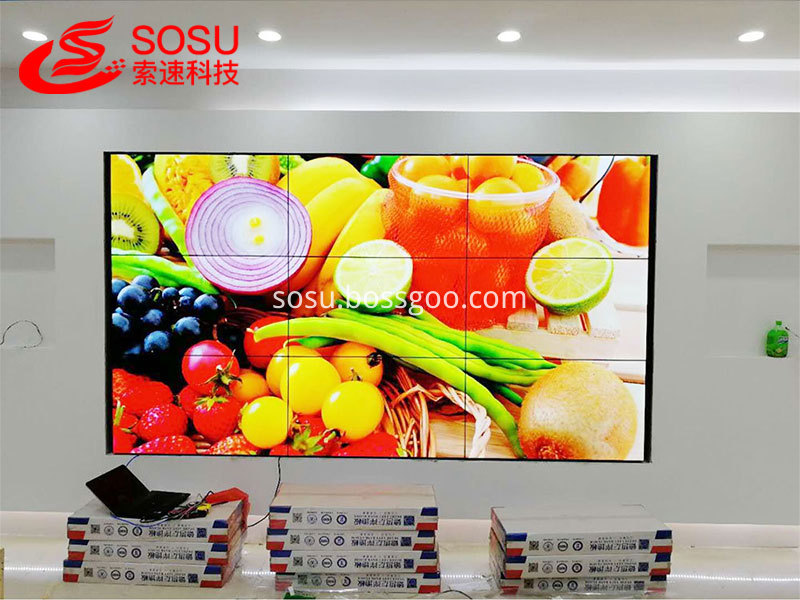Paper ink absorption refers to the paper's ability to absorb ink. It is related to the absorption of the paper's pores to the low viscosity components of the ink and the penetration of certain components of the ink into the paper. It affects the quality of the printing. One of the important factors.
Paper absorption process of ink
Paper ink absorption is not only related to the degree of paper looseness and capillary pores, but also related to the surface properties of paper fibers, the content of fillers, pigments, rubber compounds, ink composition and characteristics, printing methods, printing pressure and other factors. In actual printing, the absorption of ink by paper can be divided into two stages. The first stage is the moment of the printing press, relying on the printing pressure to press part of the ink transferred to the surface of the paper into the larger pores of the paper, that is, the entire ink (including the pigment in the ink) enters the paper pores. This process is generally called Pressure penetration stage. At this stage, the paper's absorption of ink mainly depends on factors such as the printing pressure, paper structure, and ink viscosity. If the printing pressure is large or the structure of the paper is loose, the paper's ability to absorb ink will also be strong. In general, paper with a loose printing structure, such as newsprint, letterpress and other non-coated paper, should have a lower printing pressure and a lower ink viscosity. For paper with a tight printing structure, such as coated paper, the printing pressure can be appropriately higher and the ink viscosity can be slightly higher. The second stage is from the paper leaving the embossing area until the ink is completely dry. This stage mainly relies on the capillary action of the paper to absorb the ink, called the free penetration stage. At this stage, the binder is separated from the ink as a whole and enters the paper at a relatively slow speed through small pores and the rough surface of the paper fibers. Therefore, this process is actually the process of migration of the binder from the ink to the pores of the paper. Because the binder is separated from the ink as a whole, it will change the conjunctival properties of the ink film remaining on the paper surface. carry out. At this stage, the paper's absorption rate of ink determines the glossiness of the printed matter, and whether the phenomenon of through-printing and powdering will occur. When the ink is transferred to the paper, with the extension of time, the low molecular binder (solvent) will start to penetrate into the paper layer, so that the solvent content in the ink layer on the paper surface will decrease and the ink viscosity will increase. The ink layer is condensed. Paper ink absorption depends on the number of paper capillaries and capillary diameter. Paper is a porous material. There are many gaps of different sizes between fibers and fibers, fibers and fillers, and pigment particles inside the paper. These gaps are equivalent to many capillaries. Under the action of these capillaries, the binding material in the ink can be absorbed, and the thicker the capillary diameter, the faster the speed of ink absorption. Therefore, the pore structure of the paper determines its ink absorption. The looser the paper, the larger the pores and the stronger the ink absorption. For example, newsprint is relatively loose and has strong ink absorption, so the ink transferred on newsprint is fast fixed, which is conducive to the improvement of printing speed. Coated paper is not as loose as offset paper, and the pores are not as large as offset paper, but the fixation of ink during printing is not necessarily slower than that of offset paper. There are two main reasons: first, the amount of ink supply when printing on coated paper is small; The second is that there are countless small capillaries between the pigment particles attached to the surface of the coated paper. The absorption capacity of more fine capillaries is much larger than that of a few large capillaries. In addition, coated paper has strong absorption selectivity to the binder, allowing low-molecular components with strong fluidity in the binder to penetrate into the paper, while the polymer components in the binder remain in the ink layer, so it can improve the ink layer ’s Firmness and gloss.
The splicing screen is a complete finished product, that is, ready to use, the installation is as simple as building blocks, and the splicing and installation of single or multiple LCD screens is very simple. The edge of the splicing screen is only 9mm wide. The surface of the splicing screen also has a tempered glass protective layer, a built-in intelligent temperature control alarm circuit and a unique "fast dispersing" heat dissipation system.
The splicing screen has everything, not only adapts to the digital signal input, but also supports the analog signal. In addition, the splicing screen has many signal interfaces, and the splicing screen technology is used to realize the simultaneous access of the analog signal and the digital signal. Recently, a BSV splicing screen technology is also used. 3D smart effects can be achieved. The splicing screen series products use the unique and world's most advanced digital processing technology, allowing users to truly experience full HD large screen effects.

Lcd video wall,3*3 video wall, 3.5 mm video wall, 55 inch lg video wall
Guangzhou Sosu Electronic Technology Co., Ltd. , https://www.sosuchina.com